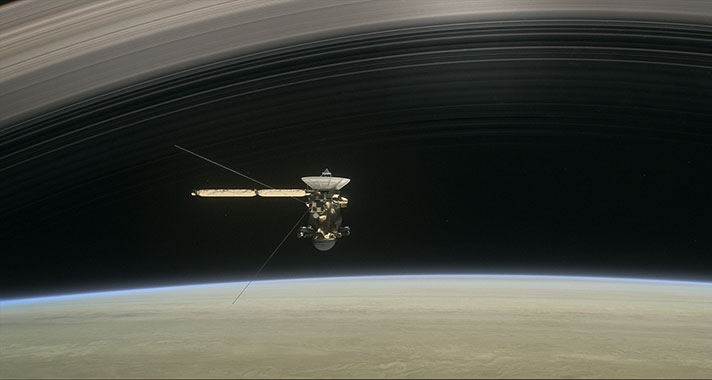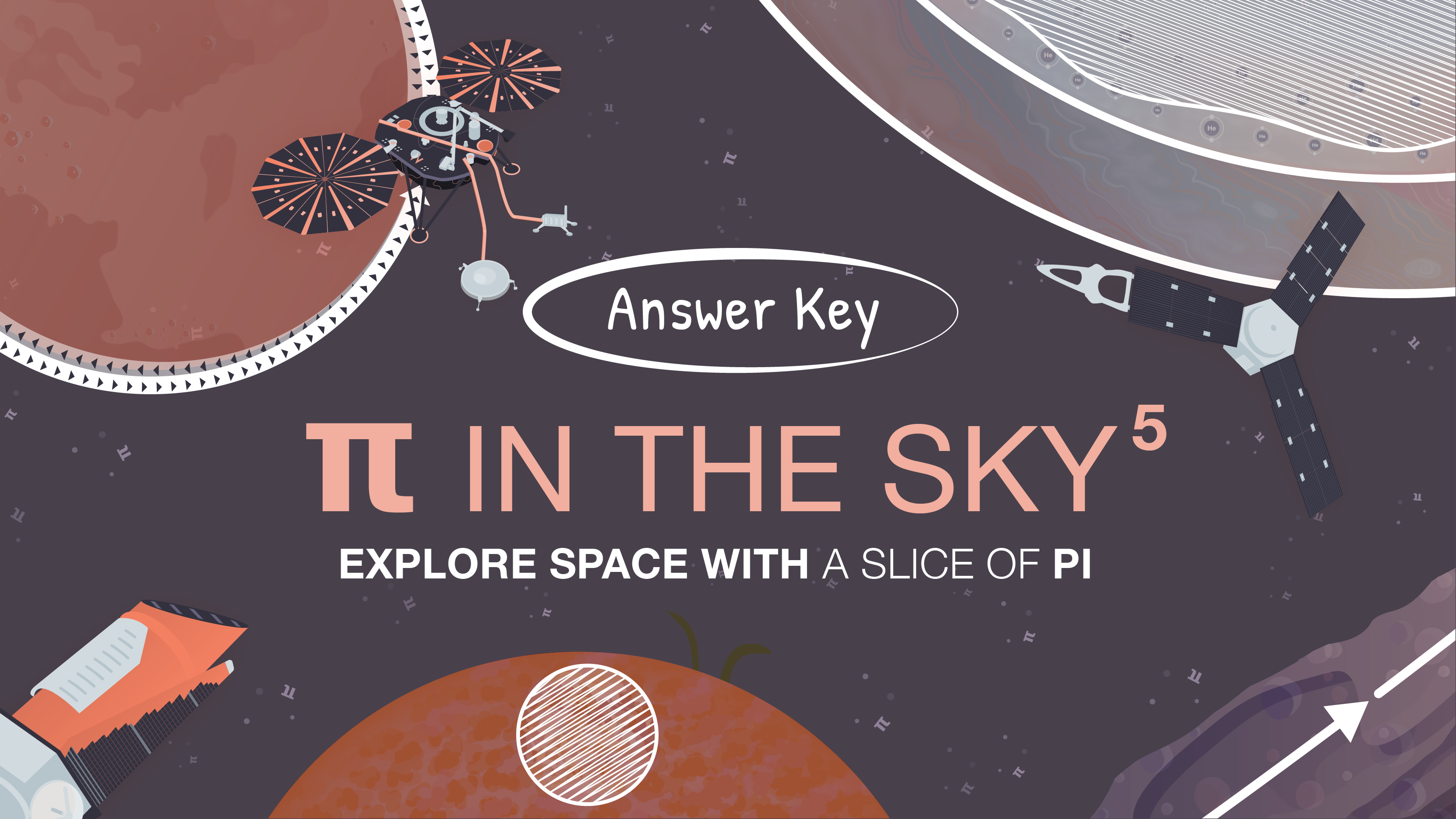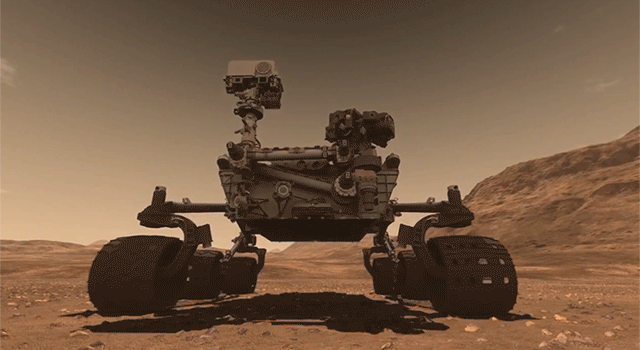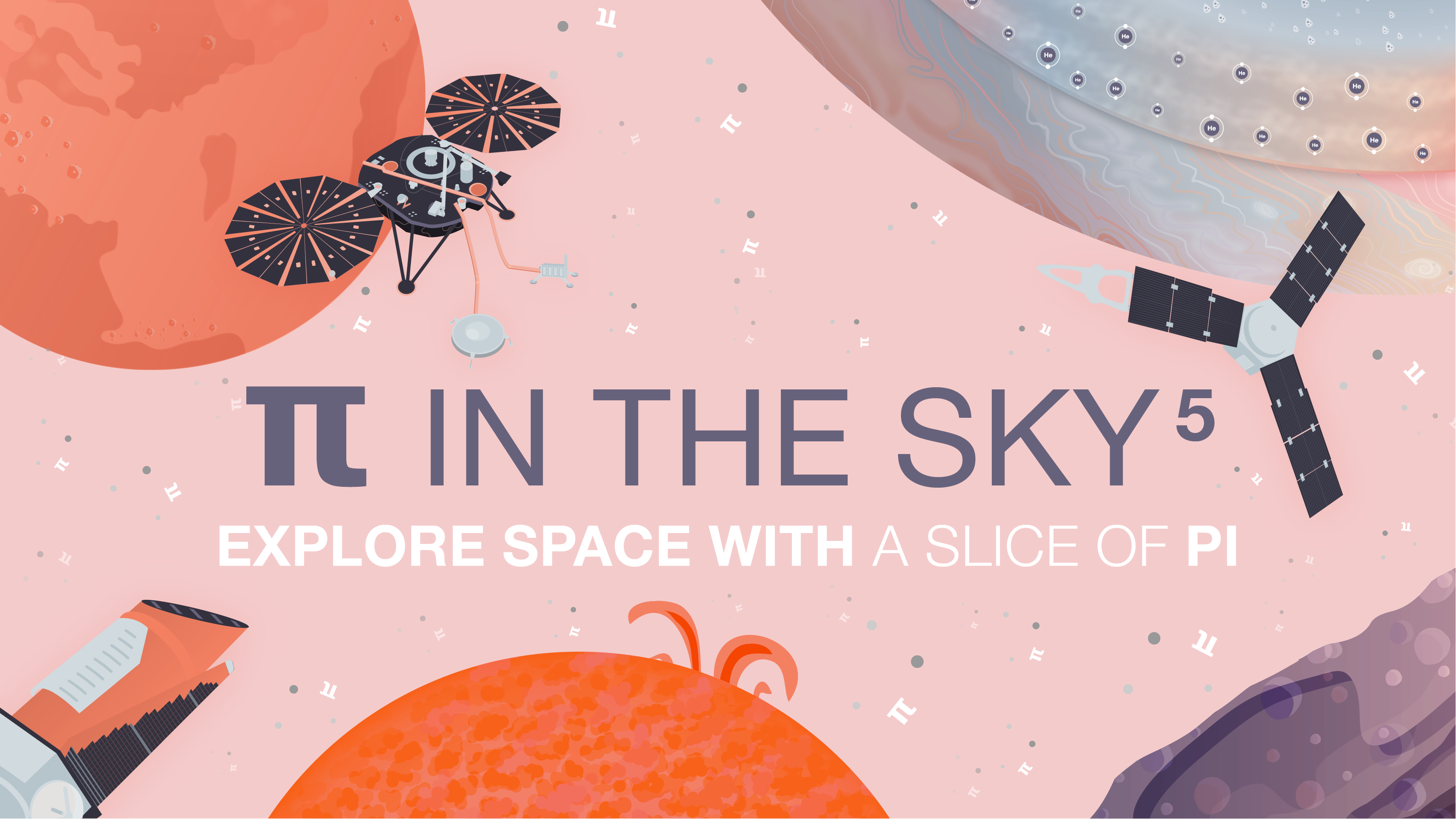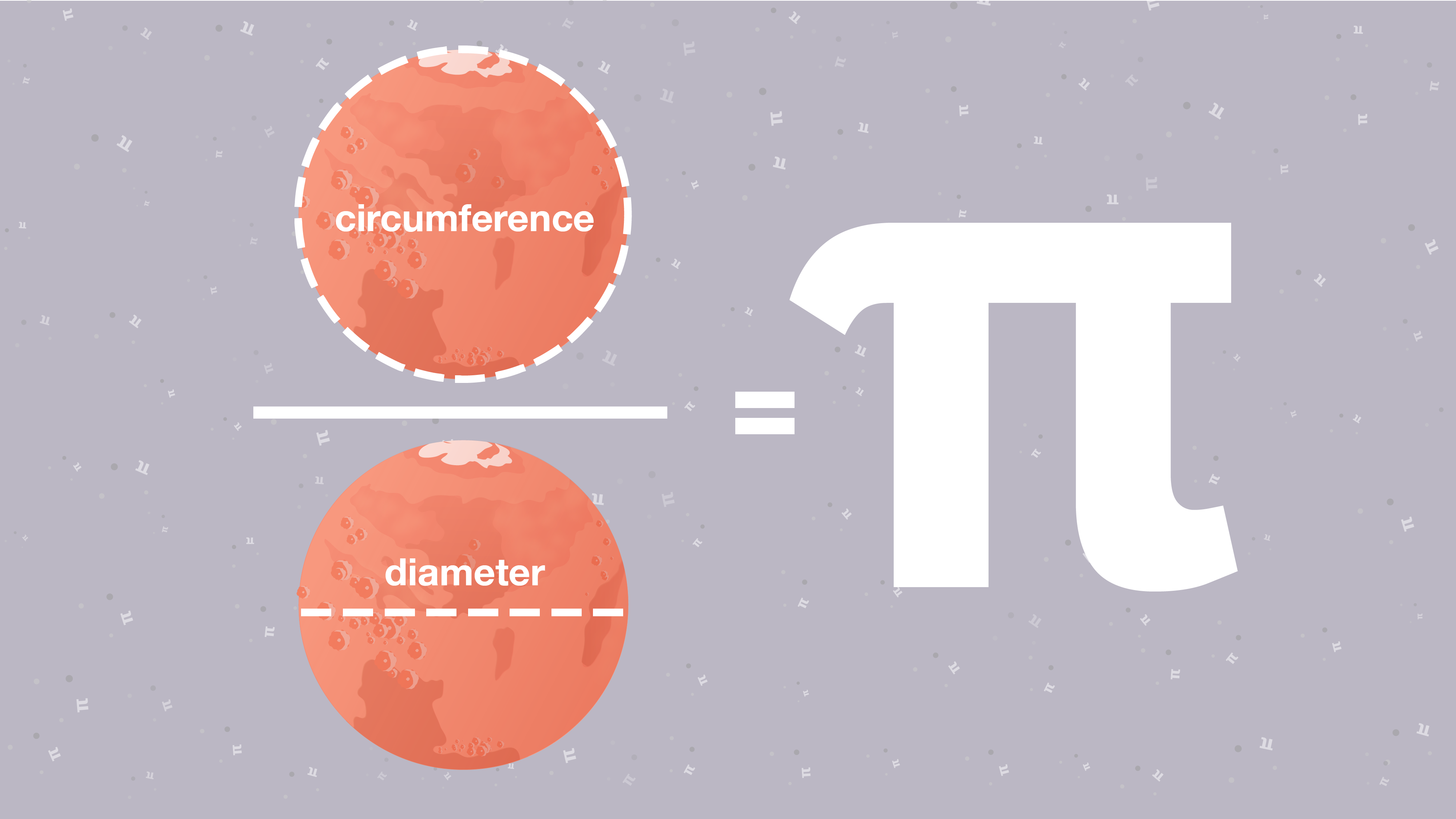|
Friday, March 30, 2018
JPL News - Day in Review
Posted by
Deep
at
7:29 AM
0
comments
![]()
Wednesday, March 28, 2018
JPL News - Day in Review
|
NASA Jet Propulsion Laboratory
NASA's Jet Propulsion Laboratory
4800 Oak Grove Dr
Pasadena, CA 91109
Posted by
Deep
at
5:08 PM
0
comments
![]()
Monday, March 26, 2018
JPL News - Day in Review
|
NASA Jet Propulsion Laboratory
NASA's Jet Propulsion Laboratory
4800 Oak Grove Dr
Pasadena, CA 91109
Posted by
Deep
at
5:05 PM
0
comments
![]()
Thursday, March 22, 2018
JPL News - Day in Review
|
NASA Jet Propulsion Laboratory
NASA's Jet Propulsion Laboratory
4800 Oak Grove Dr
Pasadena, CA 91109
Posted by
Deep
at
4:50 PM
0
comments
![]()
Wednesday, March 21, 2018
Watch LIVE tomorrow night at 7 p.m. PDT: Planning Cassini’s Grand Finale: A Retrospective
|
NASA Jet Propulsion Laboratory
NASA's Jet Propulsion Laboratory
4800 Oak Grove Dr
Pasadena, CA 91109
Posted by
Deep
at
3:19 PM
0
comments
![]()
Tuesday, March 20, 2018
JPL News - Day in Review
|
NASA Jet Propulsion Laboratory
NASA's Jet Propulsion Laboratory
4800 Oak Grove Dr
Pasadena, CA 91109
Posted by
Deep
at
4:28 PM
0
comments
![]()
Thursday, March 15, 2018
Answers to the 2018 NASA Pi Day Challenge Are Here!
|
NASA/JPL Edu
NASA's Jet Propulsion Laboratory
4800 Oak Grove Dr
Pasadena, CA 91109
Posted by
Deep
at
3:19 PM
0
comments
![]()
Wednesday, March 14, 2018
JPL News - Day in Review
|
NASA Jet Propulsion Laboratory
NASA's Jet Propulsion Laboratory
4800 Oak Grove Dr
Pasadena, CA 91109
Posted by
Deep
at
4:28 PM
0
comments
![]()
Happy Pi Day from NASA/JPL Edu!
|
NASA/JPL Edu
NASA's Jet Propulsion Laboratory
4800 Oak Grove Dr
Pasadena, CA 91109
Posted by
Deep
at
6:05 AM
0
comments
![]()
Tuesday, March 13, 2018
JPL News - Day in Review
|
NASA Jet Propulsion Laboratory
NASA's Jet Propulsion Laboratory
4800 Oak Grove Dr
Pasadena, CA 91109
Posted by
Deep
at
4:37 PM
0
comments
![]()
Monday, March 12, 2018
JPL News - Day in Review
|
NASA Jet Propulsion Laboratory
NASA's Jet Propulsion Laboratory
4800 Oak Grove Dr
Pasadena, CA 91109
Posted by
Deep
at
6:01 PM
0
comments
![]()
Friday, March 9, 2018
The 2018 NASA Pi Day Challenge Is Here!
|
NASA/JPL Edu
NASA's Jet Propulsion Laboratory
4800 Oak Grove Dr
Pasadena, CA 91109
Posted by
Deep
at
1:54 PM
0
comments
![]()







